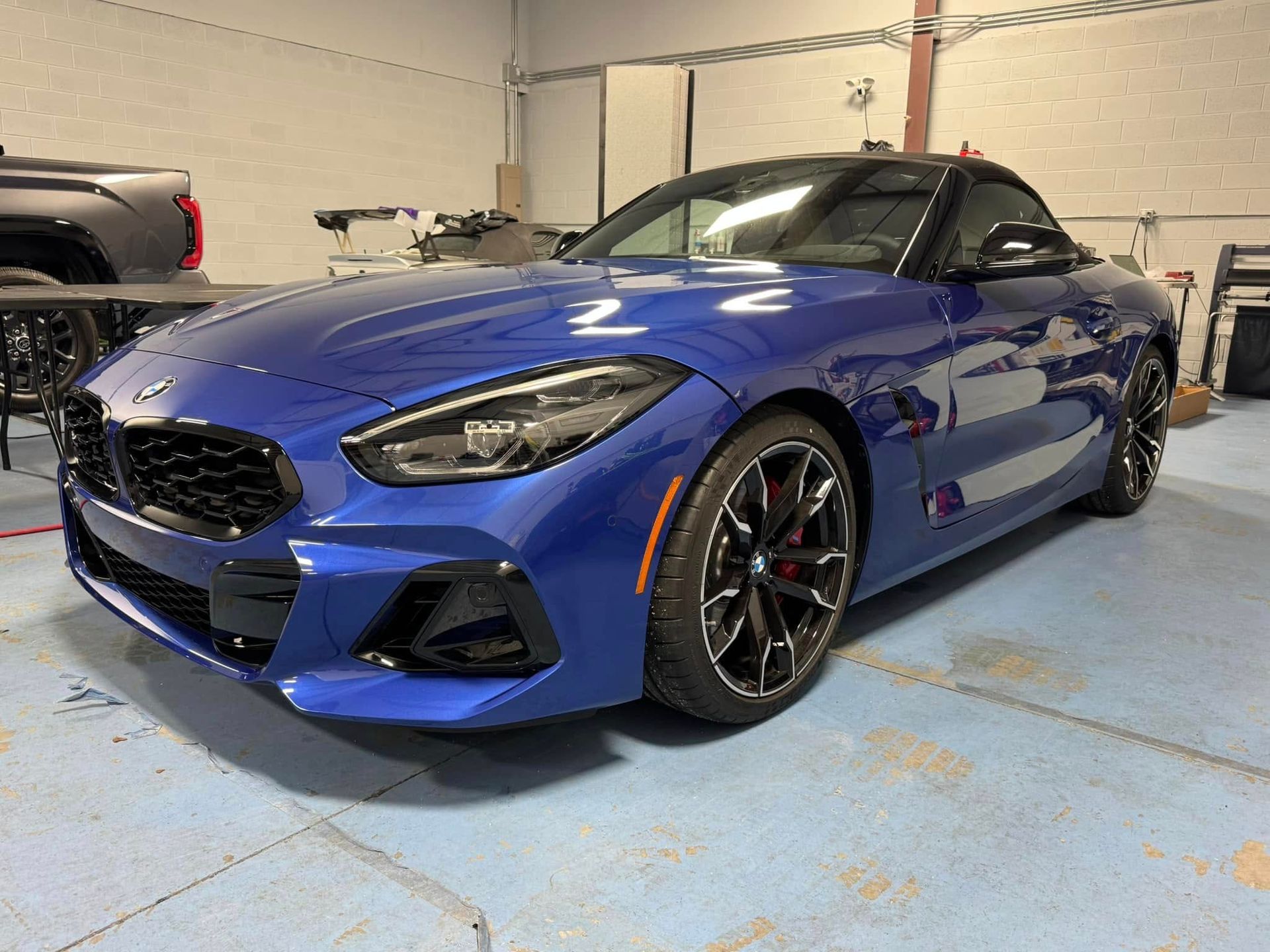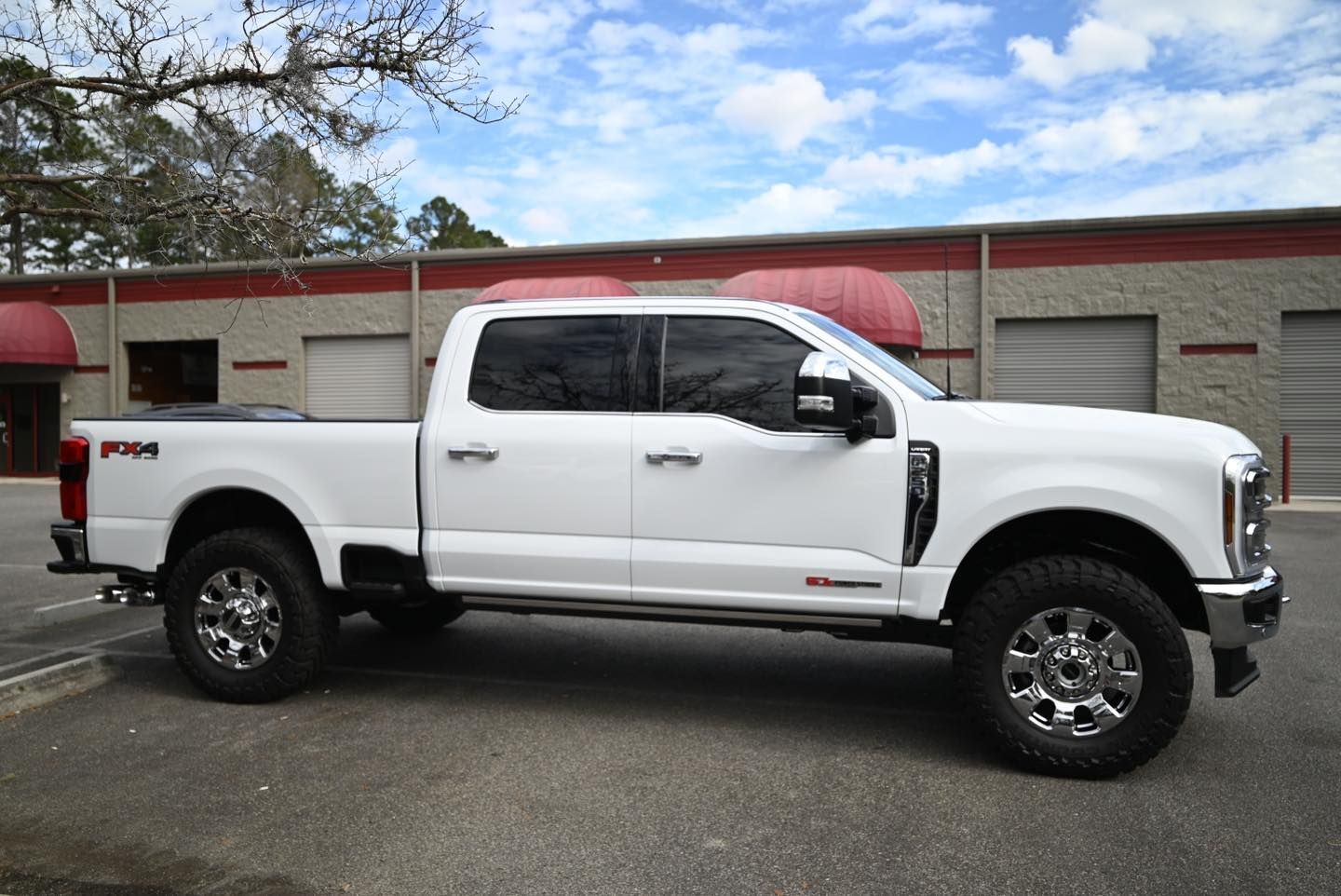By SEO Team
•
September 15, 2025
Selecting the right paint protection film (PPF) for your vehicle is more than a cosmetic choice; it’s a long-term investment in your car’s appearance and value. In Savannah, GA, vehicles face a mix of sun exposure, coastal humidity, and environmental debris that can damage paint over time. Choosing the ideal PPF involves understanding the differences in film thickness, finishes, and warranties. At Northern Lights Home & Auto Coatings, we guide vehicle owners through this process, ensuring every car receives tailored protection that suits both its style and the driver’s lifestyle. Why PPF Selection Matters Choosing the wrong paint protection film can lead to uneven coverage, insufficient protection, or unnecessary expense. Proper selection guarantees your vehicle is safeguarded against rock chips, and environmental wear while maintaining a polished, professional look. In Savannah’s unique climate, factors like salt from the coast, frequent sun exposure, and urban debris play a significant role in determining the best PPF for your vehicle. Professional guidance ensures that the film’s thickness, finish, and warranty are matched to your car’s needs for optimal performance and long-lasting results. Understanding PPF Thickness Options Thin vs. Thick PPF Paint protection films come in various thicknesses, each designed to offer different levels of protection. Thicker films provide superior impact resistance, ideal for high-traffic areas like hoods, bumpers, and side mirrors, where stone chips and road debris are common. Thinner films, meanwhile, are better suited for full-body applications or areas where flexibility and a seamless appearance are priorities. In Savannah, selecting the correct thickness ensures your vehicle is protected without compromising the visual appeal or performance of the film. Choosing the Best Thickness for Your Vehicle Determining the ideal PPF thickness depends on factors such as vehicle type, daily driving environment, and personal priorities. Northern Lights Home & Auto Coatings evaluates each vehicle and considers the owner’s driving habits to recommend the perfect thickness. This tailored approach ensures high-impact areas receive maximum protection while maintaining a smooth, invisible finish in less exposed regions. A carefully chosen thickness balances durability, aesthetics, and cost-effectiveness, giving your vehicle the protection it deserves. Exploring Different PPF Finishes Gloss Finish Gloss finishes are designed to enhance the reflective quality of your car’s paint, offering a sleek and high-end appearance. For Savannah residents who take pride in their vehicle’s polished look, gloss PPF enhances depth and clarity, making the car appear freshly detailed at all times. This finish is especially popular for sports cars and luxury vehicles, providing both protection and a showroom shine that stands out on city streets and coastal roads. Matte and Satin Finishes Matte and satin PPF finishes provide a unique, modern aesthetic while still maintaining robust protection. These finishes reduce glare and offer a distinctive appearance that differentiates your vehicle from the standard glossy look. While matte films may require slightly more maintenance to avoid visible fingerprints or streaks, the visual impact is unmatched. Satin finishes strike a balance, offering subtle sheen with added durability, making them ideal for vehicle owners seeking style without compromising protection. Choosing the Right Finish for Your Lifestyle Selecting a finish should align with both your personal taste and practical needs. Consider driving conditions, exposure to sunlight, and the type of traffic your vehicle encounters regularly. Northern Lights Home & Auto Coatings assists clients in evaluating these factors, ensuring the chosen finish complements the car’s aesthetic while providing the necessary protection for long-term durability. The right finish enhances both the appearance and resilience of your vehicle’s exterior.



